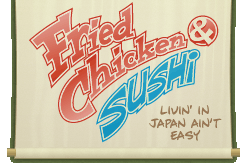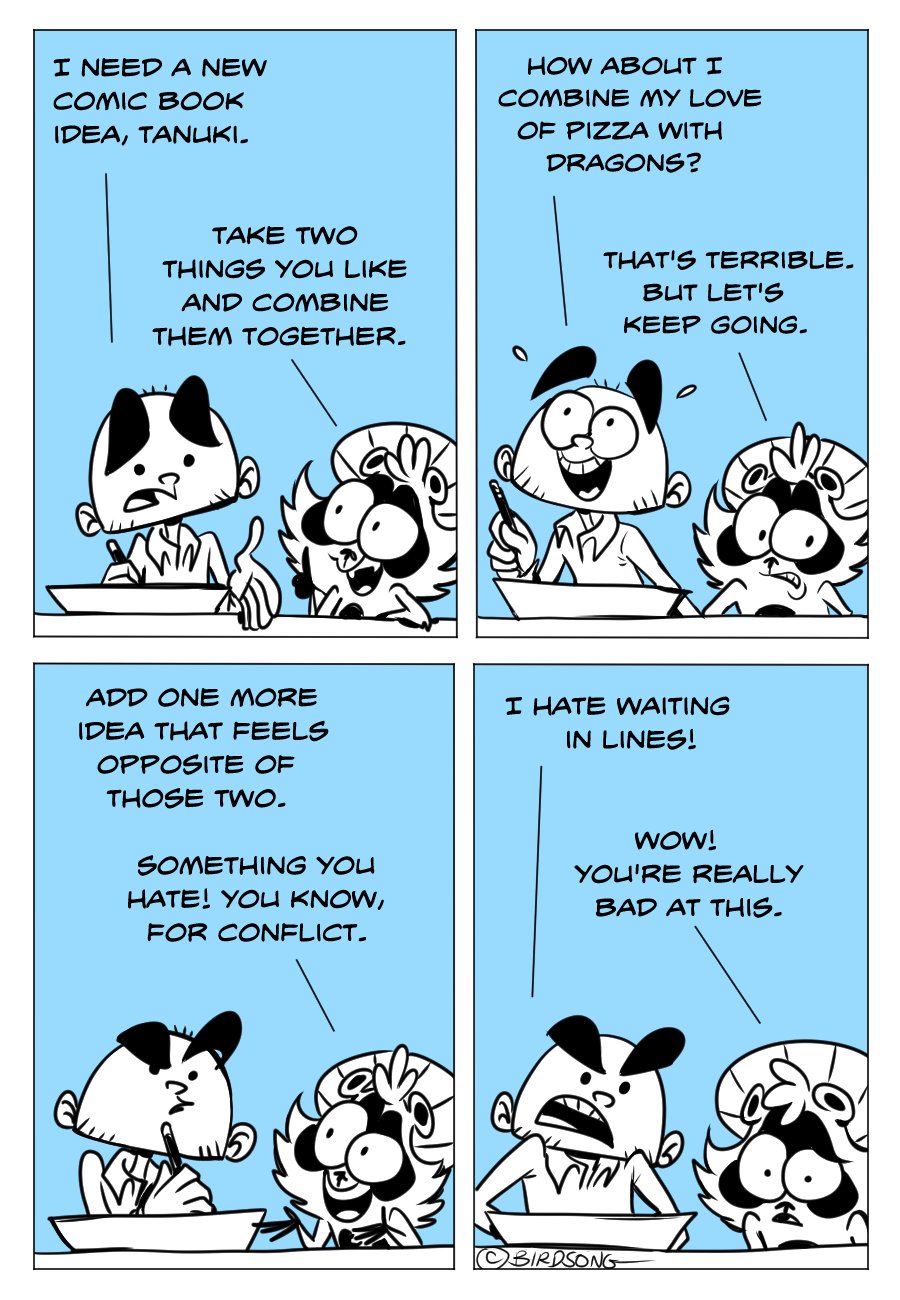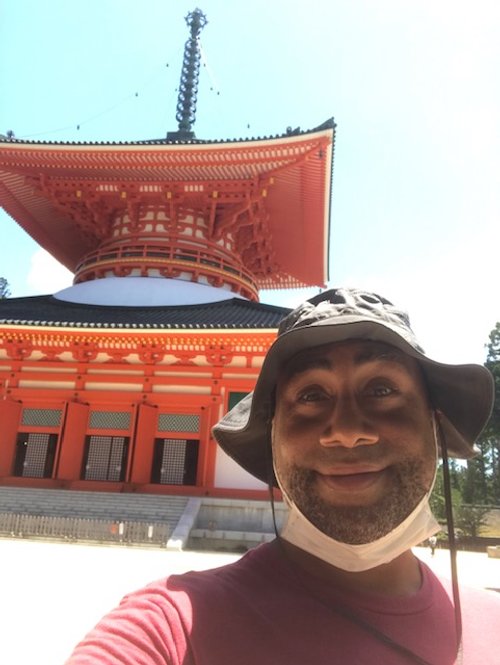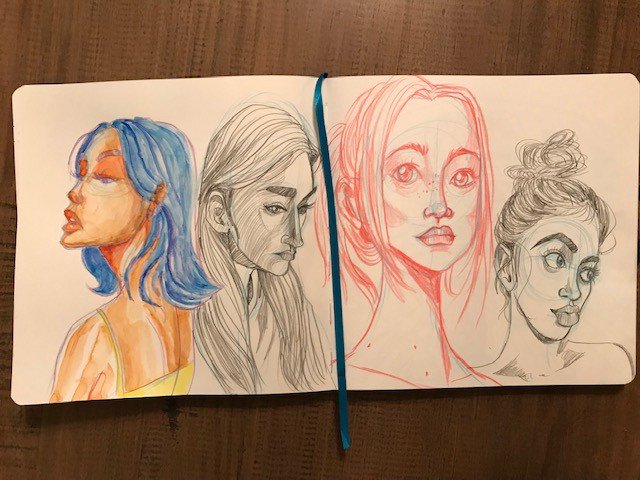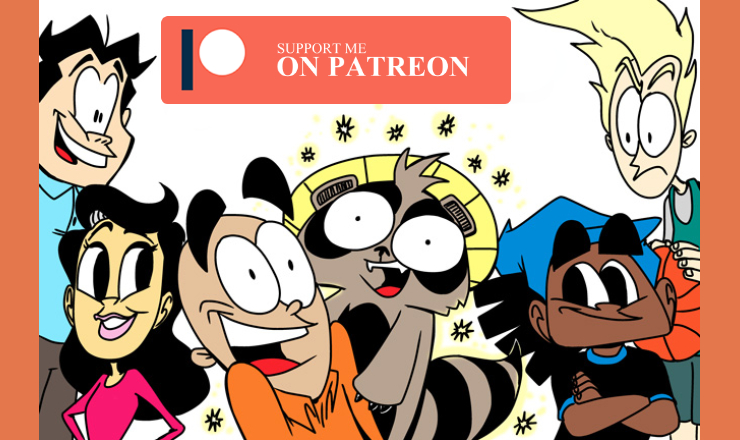How to Get New Ideas
/Here are some brainstorming techniques that help get my creative juices flowing.
New ideas can be fun, but that doesn’t mean they’re good. © Khalid Birdsong
Mastering getting creative work done is one thing, but what happens if you don’t even know where to start?
Coming up with new ideas can be challenging.
Most people don’t have a magical Japanese Tanuki raccoon by their side to help them brainstorm. Fear not. You can always find inspiration in the world around you, the books you read, the shows you watch, and even in discussing current events with friends. When you expect to be inspired, you’ll look for exciting themes and discover ideas around you.
Okay, maybe it’s not that easy. Here are a couple of techniques I use to get inspired.
Free association can be a fun way to spill everything in your head and make connections by writing words and sketching them out in your notes.
Free association in psychology refers to a process of discovering your genuine thoughts, memories, and feelings by freely sharing all the seemingly random thoughts that pass through your mind. Usually, you are given a prompt like a word or image without context then, you say what it makes you think of. The person leading the exercise tries to create links between the prompt and your response to learn about how your brain makes connections between ideas.
Sigmund Freud was the first pioneer of the psychoanalysis technique of free association. Freud worked on developing this technique further between 1892 and 1898. This new method became a cornerstone of psychoanalytic therapy. Freud based free association on the theory of psychic determinism that informed all his work.
My way of doing this involves sitting down at my drafting table, staring at the wall, and writing down whatever comes into my head—even if it’s unrelated. For a project where I already have characters, like my Fried Chicken and Sushi comic strip, I might have one character in mind, like J, and throw out words that come to me when I think of him.
Some people say it’s crazy, but I also like asking my characters what they want to do next. I’ll often start sketching them in various poses, doing different things like cooking, playing sports, or dancing. Eventually, they answer me, and new ideas for strips emerge, sometimes quickly, after a lot of random writing and drawing.
If you’re trying to write a new story idea from scratch, you could pick a word for something you’re interested in, like football. Write down all the words that come to your mind to describe the game of football and what it means to you.
Can you create a character that wants to play football but can’t, or they only focus on becoming the best player in the world and neglects other essential parts of life?
Like Tanuki stated in the comic above, combining random ideas is fun, but a story is only interesting as long as there’s conflict.
This leads me to my next point.
Add opposites for conflict and contrast.
Anywhere you can put a character with an opposite personality to another, something that feels opposed to everything in the world you create, or an opposing view to the points in an article you write is compelling and will create even more ideas.
I’m still working on getting better at this, but whenever I’m stuck on an idea, whether writing or drawing, I go back to opposites.
Take two things you’re interested in and add something opposite.
Why? Putting two things together is easy but doesn’t make a story. Adding an opposite element to your idea gives natural conflict and possibilities to electrify your new project.
I made this comic by using the brainstorming technique with Tanuki above. © Khalid Birdsong
For example, say you’re interested in writing a fantasy short story. You think firefighters are incredible, and you love magic. Firefighters put out fires. The opposite could be a firefighter who starts fires. Or one who can start fires with magic. Is he doing it to give firefighters something to do? Is he crazy? Does he want to watch the world burn? In what kind of world are they living?
You see, just these three elements have me exploring questions and figuring out a world. Coming up with ideas isn’t as difficult as you might think. I bet you can create impressive new concepts with the above methods. The challenge is deciding which ideas are the best for you to take seriously and then start working on them regularly.
Choosing ideas to commit to long-term is a challenge we can discuss in a future post.
Stay tuned.
This post is from my weekly newsletter. I only share some of them on this website. Subscribe to A New Creative Life on Substack right here.
